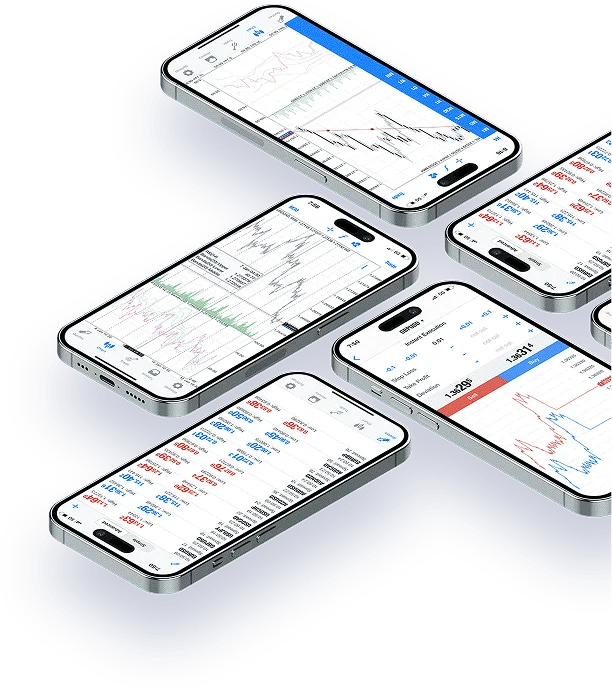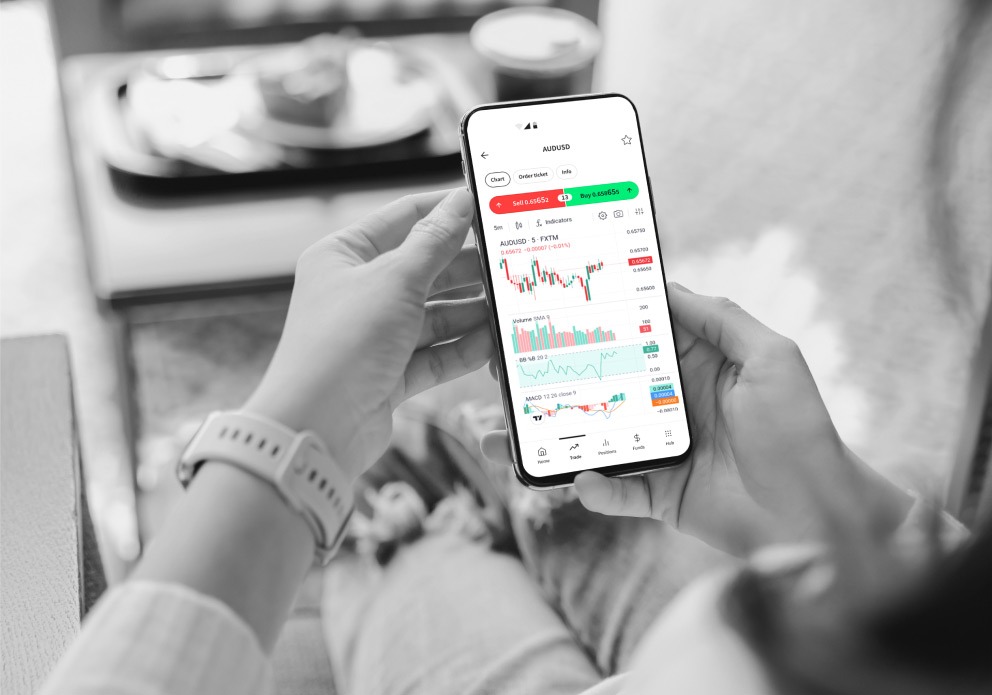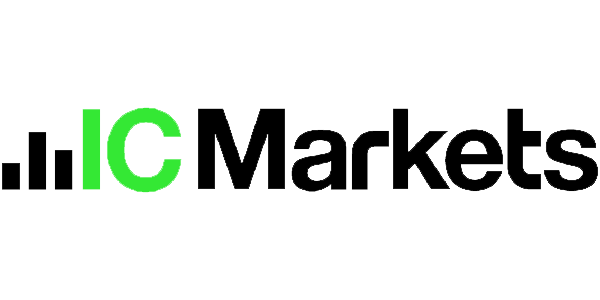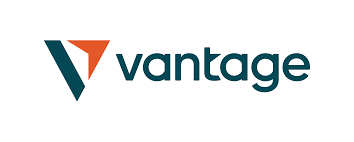- How High-Frequency Trading Software Works
- Top High-Frequency Trading Software in 2025
- Choosing the Right HFT Platform
- Common Strategies Used in HFT
- Advantages and Limitations of High-Frequency Trading
- Tips for Setting Up an HFT Environment
- Regulatory and Ethical Considerations
- Frequently Asked Questions
How High-Frequency Trading Software Works
HFT software functions through automation and computational efficiency. Its purpose is to capture small, temporary differences in market prices by placing and canceling orders thousands of times per second.
The workflow typically includes:
- Market data collection: The system continuously receives information from multiple exchanges.
- Algorithmic decision-making: Mathematical models assess opportunities based on parameters like liquidity, volatility, and spread.
- Execution: Orders are transmitted instantly to exchanges or liquidity providers.
- Risk and position monitoring: Real-time evaluation ensures exposure stays within defined limits.
The overall process relies on speed, synchronization, and algorithmic precision. Even the smallest delay can eliminate the advantage that defines high-frequency trading.

Speed and Latency in HFT Systems
Latency — the time it takes for data to travel from one point to another — is the single most crucial factor in HFT performance. Reduced latency means faster order execution and greater probability of capturing profitable spreads.
To achieve this, traders use:
- Colocation services, where trading servers are placed near exchange data centers.
- Fiber-optic and microwave connections to minimize transmission time.
- Optimized software architectures built for low-level programming languages such as C++ or Java.
Data Processing and Market Analysis
Data in HFT isn’t just numbers — it’s the core element that drives every action. Real-time analytics enables the software to detect micro trends and liquidity shifts before they become visible to the wider market.
Effective systems include:
- Tick-by-tick data feeds for immediate market visibility.
- Backtesting modules to evaluate algorithmic behavior using historical records.
- Pattern recognition tools capable of identifying anomalies or temporary inefficiencies.
Risk Management Features
Speed alone cannot guarantee profitability. Without precise risk control, automated systems can generate significant losses within seconds. Therefore, risk management is a fundamental part of every high-frequency trading infrastructure.
Common features include:
- Pre-trade risk filters — verify order size, margin, and exposure before execution.
- Real-time monitoring — track open positions and detect abnormal volatility.
- Automatic shutdown protocols — stop trading when losses exceed a set limit.
- Dynamic hedging systems — neutralize exposure through correlated instruments.
A well-calibrated HFT setup balances aggressiveness with protection. The goal is not just speed but sustainable consistency, achieved through strict control mechanisms and constant parameter adjustment.
Top High-Frequency Trading Software in 2025
In 2025, competition among trading platforms has reached new levels of precision and efficiency. Only a few systems combine ultra-low latency, solid liquidity, and professional analytical tools suitable for high-frequency trading.
| Commision | Instruments | Min Dep | Leverage | Platforms | ||
|---|---|---|---|---|---|---|
| Low commission on Raw Spread accounts | Forex Commodities Indices Crypto | $200 | Up to 1:500 | MT4 MT5 cTrader | ||
| No commission, spreads from 0.0 pips | Forex Commodities Indices Crypto | $200 | Up to 1:500 | MT4 MT5 cTrader | ||
| Raw spread + commission, from 0.0 pips | Forex Indices Commodities Crypto | $50 | 1:500 | MT4 MT5 | ||
| Spread-only | Forex Indices Commodities Shares Bonds | $0 | 1:30 | MT4 Proprietary | ||
| From 0.2 pips | Forex Indices Commodities | $100 | 1:500 | MT4 MT5 |
IC Markets
IC Markets
IC Markets is known for its fast trade processing and direct access to liquidity providers. Its infrastructure includes Equinix servers located in New York and London, ensuring minimal latency for global users.
The platform’s cTrader and MetaTrader 5 terminals support algorithmic trading through custom scripts, while the Raw Spread Account allows transactions starting from 0.0 pips. For high-frequency strategies, IC Markets’ one-click order execution and advanced depth-of-market (DOM) view are critical advantages.
Pepperstone
Pepperstone
Pepperstone remains one of the most reliable options for traders seeking institutional-grade execution at retail scale. The company’s infrastructure supports both MT4 and cTrader, integrated with advanced APIs for strategy automation.
The broker offers access to more than 1,000 instruments and provides direct market access with no dealing desk intervention. This setup minimizes slippage and supports consistent speed under high-load conditions.
Key advantages of Pepperstone for HFT traders:
- Ultra-fast order processing (below 30 ms).
- Deep liquidity pools.
- VPS hosting for algorithmic trading.
- Negative balance protection.
Its reputation for stability and customer transparency positions Pepperstone among the leading choices for active traders in 2025.
Vantage
Vantage
Vantage provides a solid combination of speed, liquidity, and data depth. The platform supports MetaTrader 4, MetaTrader 5, and its proprietary ProTrader, making it adaptable for both algorithmic and discretionary trading.
The broker integrates with top-tier liquidity providers, ensuring narrow spreads and reliable execution even during volatile sessions. Traders using Expert Advisors (EAs) can access a powerful VPS infrastructure to reduce latency.
Spreadex
Spreadex
Spreadex is a UK-based broker with a strong focus on CFD trading and financial spread betting. Although not purely algorithmic in nature, its proprietary system is optimized for rapid order execution and real-time market tracking.
The broker uses high-capacity data servers and modern connectivity tools that help maintain consistency during periods of market volatility. Traders who prefer manual strategies combined with automated order routing find Spreadex to be efficient and stable.
Highlights of Spreadex’s technology:
- Custom-built platform for high-speed CFD execution.
- FCA-regulated structure.
- Tight spreads on indices and major currency pairs.
- No commissions on many asset classes.
Its robust architecture and stability make it suitable for traders who want high-speed operations without relying exclusively on standard trading terminals.
HYCM
HYCM
HYCM, one of the industry’s long-established names, continues to evolve with fast and reliable execution. The broker’s technology stack supports MT4 and MT5, both enhanced for algorithmic scripts and HFT-style operations.
Its servers are optimized for institutional liquidity, with average execution speeds under 55 milliseconds. HYCM’s multi-jurisdictional regulation also adds credibility and operational reliability for professional users.
| Key Parameter | Specification |
| Average Execution Speed | 50–55 ms |
| Spreads | From 0.8 pips |
| Regulation | FCA, CySEC, CIMA |
| Account Types | Fixed, Raw, Classic |
| Trading Style | Algorithmic, Scalping, Manual |
HYCM’s consistent performance and regulatory strength make it a trustworthy option for traders seeking stability and compliance while maintaining execution efficiency.
Choosing the Right HFT Platform
Selecting a high-frequency trading platform requires a careful balance between infrastructure, execution quality, and strategy compatibility. The ideal setup depends on how efficiently the system processes data and interacts with the market.
When evaluating potential platforms, attention should be placed on latency, server location, data access, and order routing speed. Even minimal inefficiencies can lead to missed opportunities in fast-moving markets.
Common Strategies Used in HFT
High-frequency trading is not limited to one model. Different algorithms are designed for specific types of market inefficiencies. Each approach aims to capture small, recurring patterns that repeat at microsecond intervals.

Popular High-Frequency Trading Strategies
- Market Making – Algorithms place simultaneous buy and sell orders around the current price, profiting from the bid-ask spread.
- Statistical Arbitrage – Identifies pricing discrepancies between correlated assets using statistical models.
- Latency Arbitrage – Exploits price delays between two markets before they synchronize.
- Event-Based Trading – Reacts instantly to economic releases or company news.
- Liquidity Detection – Detects and reacts to hidden orders or large institutional movements.
- Momentum Ignition – Initiates small orders to trigger larger market reactions, though this method must stay within regulatory limits.
Advantages and Limitations of High-Frequency Trading
High-frequency trading offers clear operational benefits but also introduces technical and strategic challenges. Its strength lies in automation and speed, but maintaining consistent performance requires advanced infrastructure and oversight.
Main Advantages:
- Rapid Execution: HFT allows transactions to occur within milliseconds, increasing potential profitability from short-term opportunities.
- Tight Spreads: By providing liquidity, high-frequency traders often secure better spreads and reduce transaction costs.
- 24/5 Market Activity: Automated systems can operate continuously during trading hours without human fatigue.
- Efficient Price Discovery: Constant order flow helps markets adjust prices faster to new information.
Main Limitations:
- High Costs: Infrastructure, colocation services, and direct data feeds require substantial investment.
- Algorithmic Risk: Faulty coding or system bugs can trigger massive losses in seconds.
- Regulatory Scrutiny: Authorities closely monitor HFT practices for market manipulation risks.
- Data Overload: Managing enormous volumes of data demands specialized analytics and robust storage solutions.
Tips for Setting Up an HFT Environment
Building an effective high-frequency trading system involves much more than software installation. It’s a combination of hardware precision, low-latency networks, and efficient coding practices.
Essential Setup Components:
- Colocated Servers: Hosting trading servers near exchange hubs like London LD4 or New York NY4 minimizes latency.
- Reliable Internet Backbone: Redundant connections prevent data transmission loss.
- High-Performance Hardware: Use SSD storage, multi-core processors, and optimized RAM for fast computation.
- Direct Market Access (DMA): Connect directly to liquidity pools to reduce execution delay.
- Professional VPS or Dedicated Hosting: Ensures uninterrupted trading activity.
Practical Setup Tips:
- Test every algorithm under simulated market conditions before live deployment.
- Monitor CPU, memory, and network usage constantly.
- Keep an emergency shutdown feature to stop trading in case of malfunction.
- Optimize code for speed using low-level programming languages.
- Review performance metrics weekly to ensure consistent latency control.
Such infrastructure creates a foundation for sustainable and secure HFT operations.
Regulatory and Ethical Considerations
High-frequency trading is a legally recognized practice but operates under strict regulatory frameworks. Global authorities have implemented measures to prevent market disruption caused by ultra-fast order flows.
Key Regulatory Principles:
- Market Integrity: Exchanges monitor for manipulative behaviors such as spoofing or layering.
- Transparency: Brokers must maintain audit trails for every automated trade.
- Capital Requirements: Certain jurisdictions impose financial thresholds for HFT participants.
- Order-to-Trade Ratios: Regulators limit excessive order cancellations to reduce noise in the market.
Frequently Asked Questions
What is high-frequency trading software?
It’s a system designed to execute multiple orders within milliseconds, using algorithmic logic and market data feeds to identify small price discrepancies.




